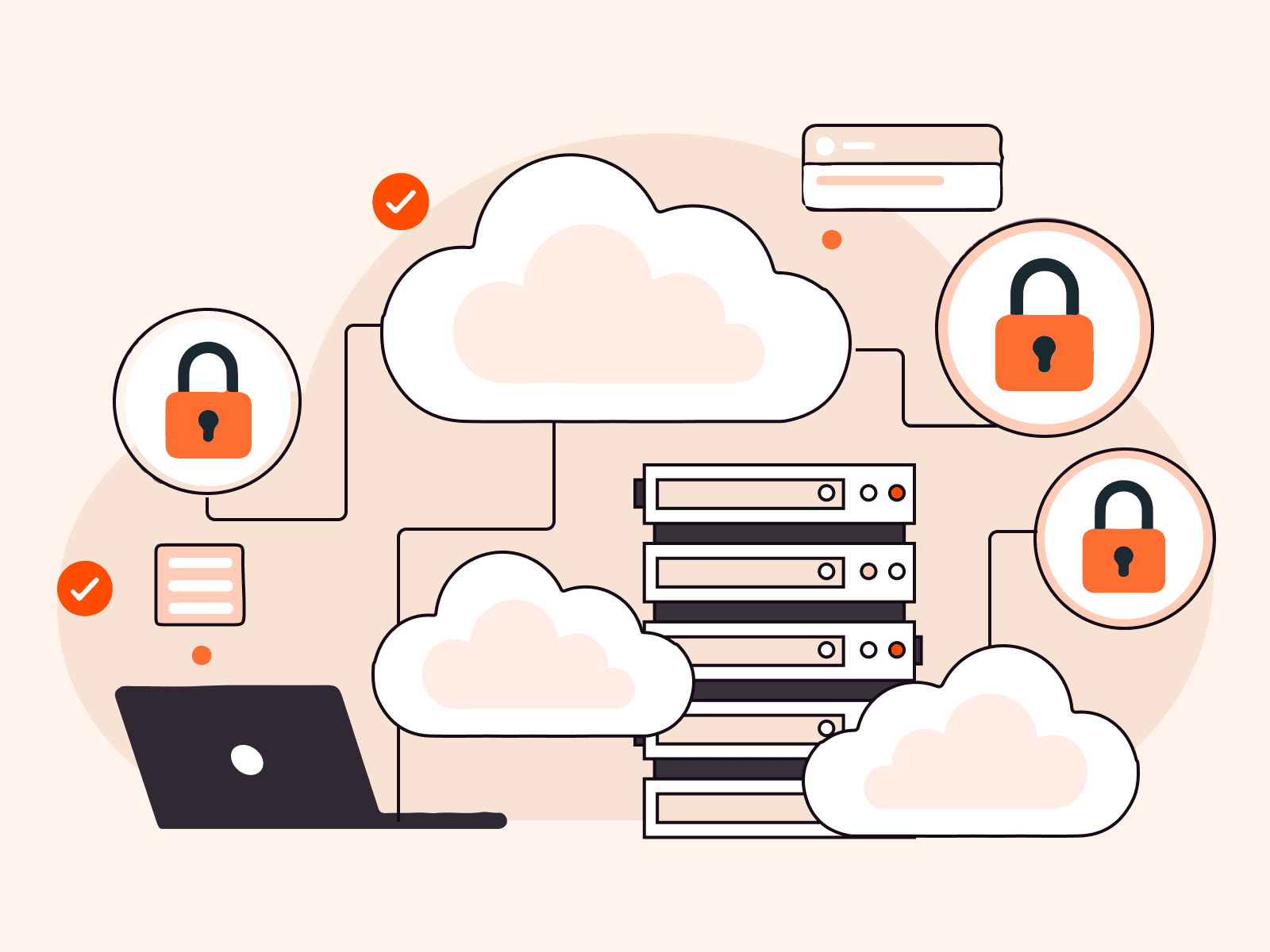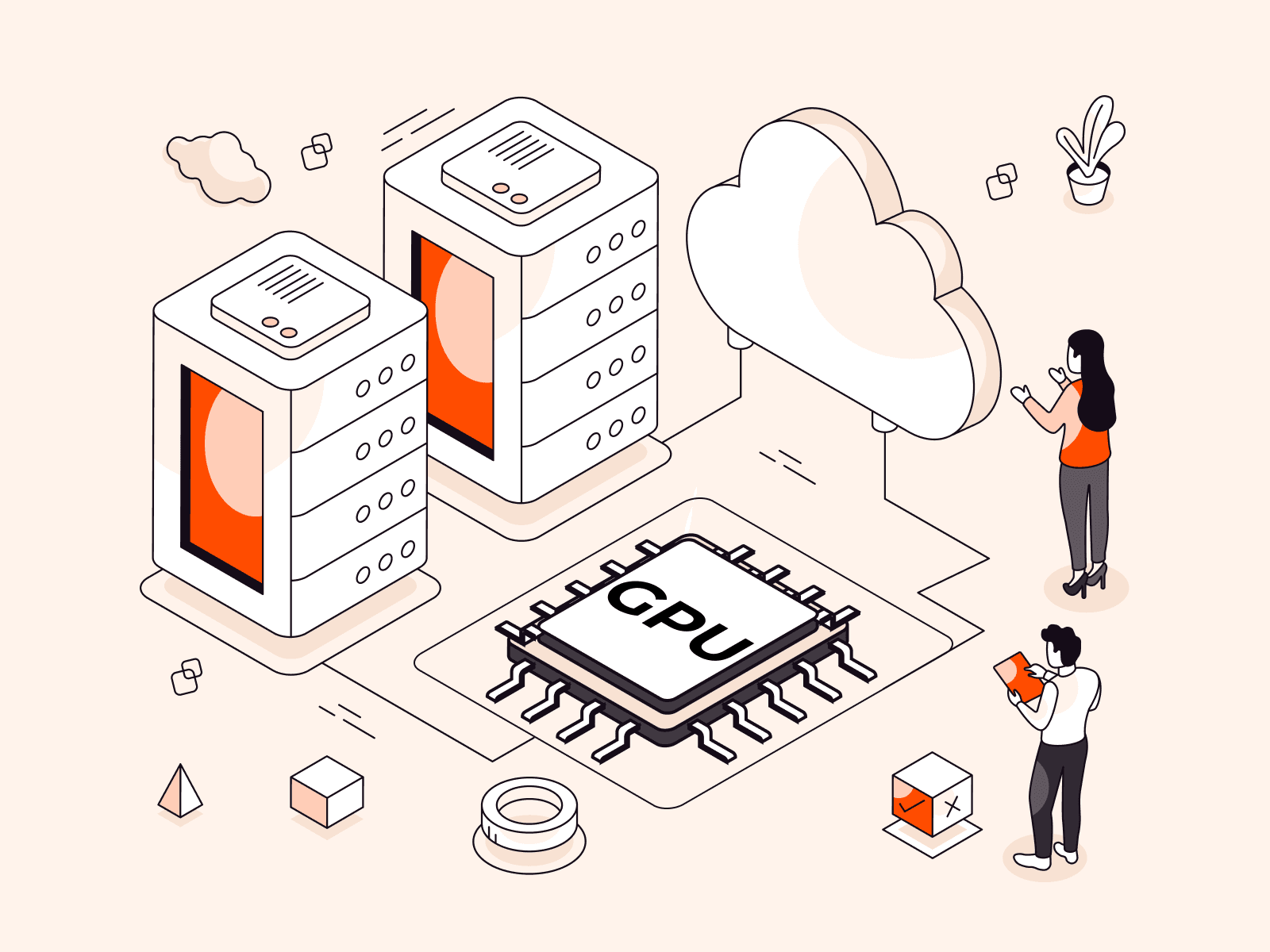Our guide on advanced shell commands is designed to help you improve your system analysis skills. We provide step-by-step instructions on powerful shell commands that enable you to diagnose your system efficiently and thoroughly. Whether you are an expert or a beginner, you can use these insights to unlock the full potential of your system’s capabilities through the command line.
What Are the Benefits of Using Advanced Shell Commands for System Analysis
Advanced shell commands are a great way to analyze and optimize computer systems. They are essential tools for IT professionals and enthusiasts. Using these commands has many benefits. Here are five key advantages of using advanced shell commands for system analysis:
- Precision and Detail. Advanced shell commands provide precise and detailed information about system performance, configuration, and resource usage, enabling a deeper understanding of the system’s inner workings.
- Efficiency in Troubleshooting. They allow for quick identification and resolution of system issues, making troubleshooting more efficient compared to using graphical user interfaces.
- Automation Capabilities. With these commands, you can automate repetitive tasks, saving time and reducing the likelihood of human error in system monitoring and maintenance.
- Customization and Control. They offer a high degree of customization, allowing users to tailor their system analysis to their specific needs and preferences.
- Resource-Friendly. Advanced shell commands typically consume fewer system resources than graphical tools, making them ideal for use in environments where resource conservation is important.
Now that we’ve explored the benefits of advanced shell commands for system analysis, let’s move on to the next section where we’ll delve into how to use these commands effectively.
How to Utilize Advanced Shell Commands for Effective System Analysis
Monitoring system resources in Linux using command line tools involves several steps, each employing different commands. Here are the steps below:
#1 How to Set Up a Dual Boot with Ubuntu and Windows
To get a quick snapshot of your system’s health, including uptime, load averages, and the number of active sessions, use the uptime command. This is a great starting point for system analysis.
uptime<a></a>#2 Dynamic Monitoring of Processes
The top command is essential for real-time monitoring of processes. It shows CPU and memory usage, process IDs, and other vital system stats, updating in real-time.
top#3 Disk Space Utilization
To check the available and used disk space on your file systems, df -h is the go-to command. It provides a clear, human-readable format showing disk space percentages and mount points.
df -h#4 Memory Usage Analysis
Understanding your system’s memory usage is crucial. The free -m command shows the total, used, and free amounts of physical and swap memory in an easy-to-read megabyte format.
#5 Inspecting Kernel Messages and Hardware Logs
The dmesg command is invaluable for looking at kernel messages, which can be critical for diagnosing hardware and driver issues. It’s a window into the inner workings of your Linux system.
dmesgBy following these steps and understanding the outputs, you can effectively monitor and analyze your system’s performance and health. Remember, these outputs are system-specific and will vary depending on the current state and configuration of your machine.
Conclusion
Looking to deploy Linux in the cloud? With Gcore Cloud, you can choose from Basic VM, Virtual Instances, or VPS/VDS suitable for Linux:
- Gcore Basic VM offers shared virtual machines from €3.2 per month
- Virtual Instances are virtual machines with a variety of configurations and an application marketplace
- Virtual Dedicated Servers provide outstanding speed of 200+ Mbps in 20+ global locations
Related articles
Subscribe to our newsletter
Get the latest industry trends, exclusive insights, and Gcore updates delivered straight to your inbox.






